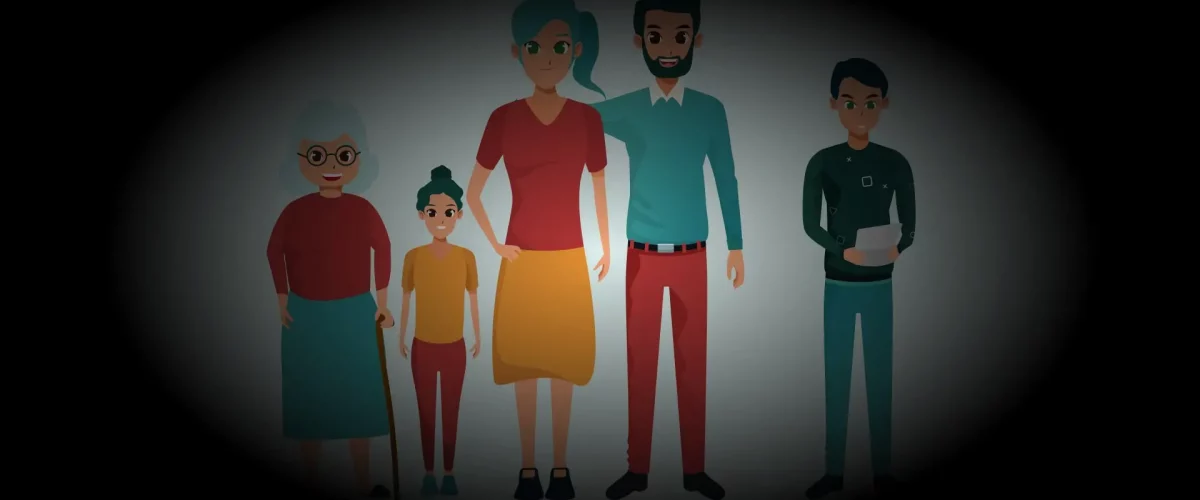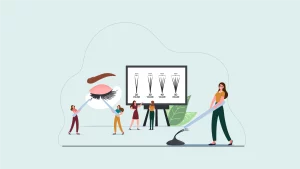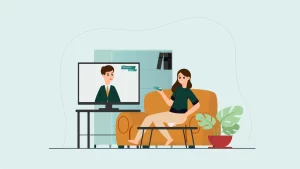Has your ophthalmologist diagnosed you with glaucoma? Is your treatment making your eyes red, irritated and dry? If so, you are probably suffering from dry eye.
How common are glaucoma and dry eye?
Glaucoma is a very common eye condition. The risk of suffering from it increases with age. Glaucoma affects around 68 million people worldwide.
Glaucoma is essentially caused by abnormally high intraocular pressure, which causes irreversible changes to the visual field resulting from optic nerve damage. Peripheral vision is the first to be impacted, followed by central vision, and the condition will ultimately lead to total blindness if left untreated.
Glaucoma can occur at any stage of life (from birth to old age), but primarily affects people aged over 45.
It becomes more common with age: the risk doubles every 10 years from the age of 45 and more than 10% of people over 70 are affected.
Visual symptoms of glaucoma:
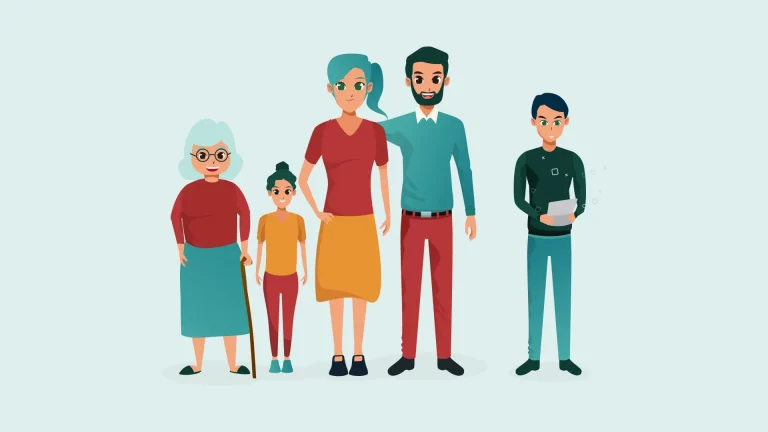
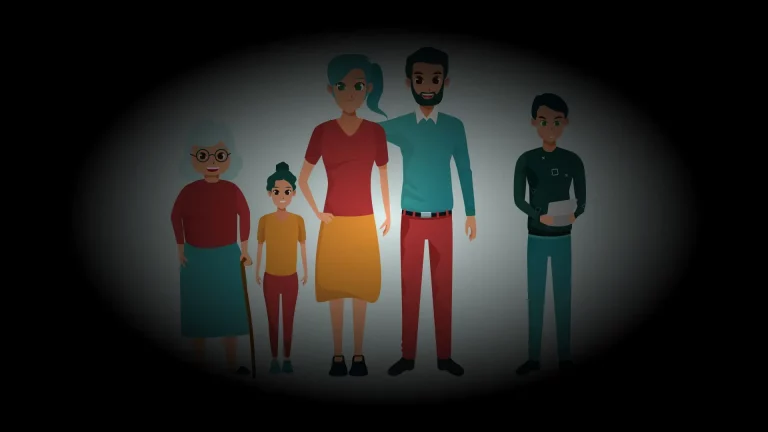
Dry eye is another very common eye condition that becomes increasingly prevalent with age. Although not everyone is aware of the condition, dry eye is in fact one of the main reasons why people go to see an ophthalmologist.
Consultations for dry eye can account for as much as 50% of an ophthalmologist’s case load. In France, 1 in 3 people are affected by dry eye. Worldwide, more than 700 million suffer from the condition.
It is a condition that severely impairs patients’ quality of life.
Elderly patients therefore often suffer from both glaucoma and dry eye at the same time.
What is the link between glaucoma and dry eye?
As we have seen, one of the main factors linking glaucoma patients and dry eye patients is age.
The second factor is the use of eye drops to reduce intraocular pressure as part of glaucoma treatment. Many eye drop prescriptions contain preservatives that damage the cells of the eye surface.
Studies show that 59% of patients using eye drops containing preservatives reported symptoms of dry eye, and 27% of these patients reported severe symptoms.
Other treatments are available for glaucoma, including selective laser trabeculoplasty (SLT). SLT is a non-invasive procedure that does not require hospital admission. It is used to unblock channels in the trabecular meshwork, which lowers the intraocular pressure. This technique is not suitable for all types of glaucoma.
What can I do to minimise the symptoms of dry eye?
- Eat a diet rich in fruit and vegetables to ensure you get all the vitamins and minerals you need.
- Use preservative-free eye drops/artificial tears to limit the effects of dry eye.
- Wear appropriate glasses to protect your eyes from the environment (wind, sun, pollution etc.) and when engaged in risky activities (fast-paced sports, swimming, ball games etc.).
- Drink plenty of water (around 1.5 to 2 litres per day).
- Try and make sure you are blinking fully and regularly, to spread your tears over the whole of your eyes.
- Use artificial tears, as necessary, to hydrate your eyes and compensate for the lack of natural tears.
Be sure to tell your ophthalmologist about your dry eye symptoms, so they can be taken into account when treating your glaucoma.
IF THE PROBLEM DOES NOT GO AWAY, SEE AN OPHTHALMOLOGIST.
